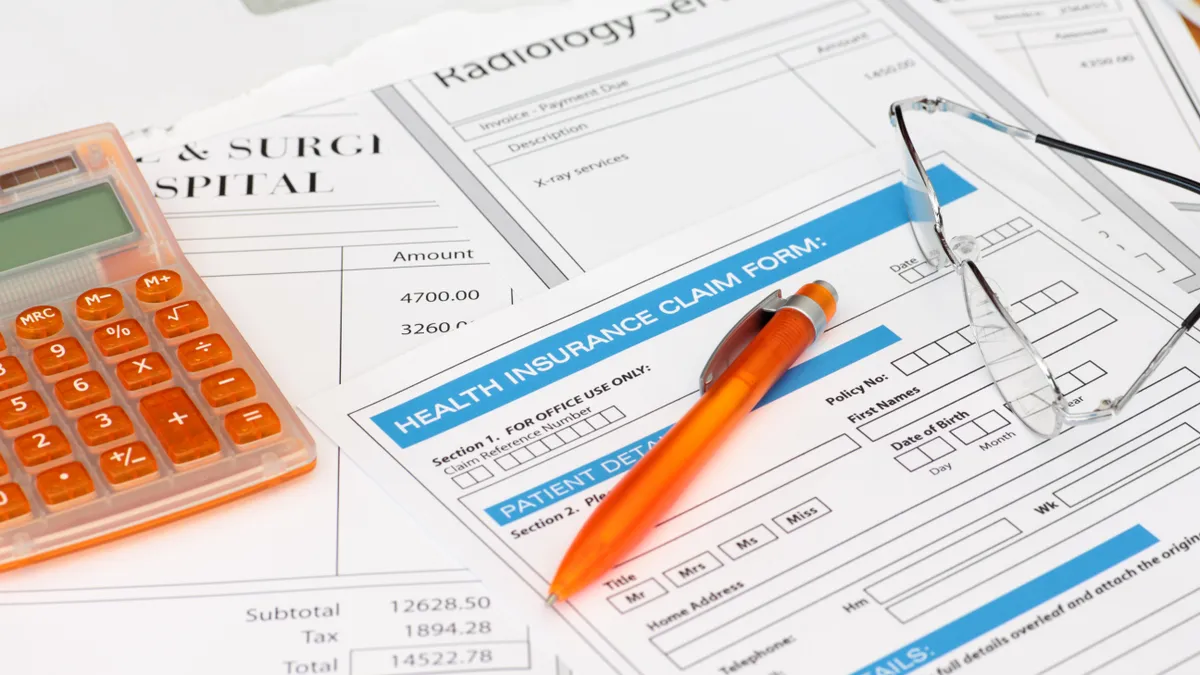UPDATE Oct. 14, 2019: Health Care Service Corporation, the fourth-largest health insurer in the U.S. operating Blue Cross and Blue Shield Plans in Illinois, Montana, New Mexico, Oklahoma and Texas, will cover Senseonics' Eversense implantable continuous glucose monitoring system effective Tuesday, Senseonics announced. The new coverage decision also pays for the healthcare provider's time to implant the sensor.
Dive Brief:
-
Two more commercial payers have agreed to reimburse Senseonics’ implantable continuous glucose monitoring system, Eversense CGM, the company said Tuesday.
-
The decisions from Blue Cross Blue Shield of Massachusetts and Idaho open up almost 3.5 million more patients to Senseonics’ device.
- Adding those patients moves Senseonics closer to its goal of having 100 million covered lives by the end of the year.
Dive Insight:
Abbott’s fast-selling FreeStyle Libre CGM came to the market in the U.S. in 2017 with a patch-style sensor that lasted for 10 days. Subsequently, Abbott won approval for a 14-day version. Eversense CGM, in contrast, uses an implantable sensor that lasts 90 days.
The lifespan of the sensor and the need for a healthcare professional to implant it mean Eversense CGM carries different considerations for payers than rival products such as FreeStyle Libre. Senseonics has won insurers over, though, picking up its first commercial payer last year and adding 76 million covered lives at the last count.
Now, positive decisions by Blue Cross Blue Shield of Massachusetts and Idaho have added another 3.5 million covered lives. The agreements to cover both the cost of the device and the time a healthcare professional takes to implant it remove some of the barriers to the use of the product.
Senseonics hopes to secure more positive coverage decisions over the rest of 2019 but progress with payers to date has yet to translate into significant revenues. Sales totalled $4.6 million in the second quarter, up from $3.6 million in the corresponding period of last year. Yet costs are rising far faster. Senseonics increased spending on sales and marketing by $8 million in the quarter.
The result is Senseonics is quickly eating into its cash reserves, posting a net loss of $31.1 million in the second quarter, leaving it with $65.3 million in cash. The company raised $100 million in July but took on additional debt in the process.
Such figures have led investors to re-evaluate the prospects of Senseonics winning market share from larger rivals such as Abbott and Dexcom. Senseonics’ share price has fallen by around 75% over the past year.









